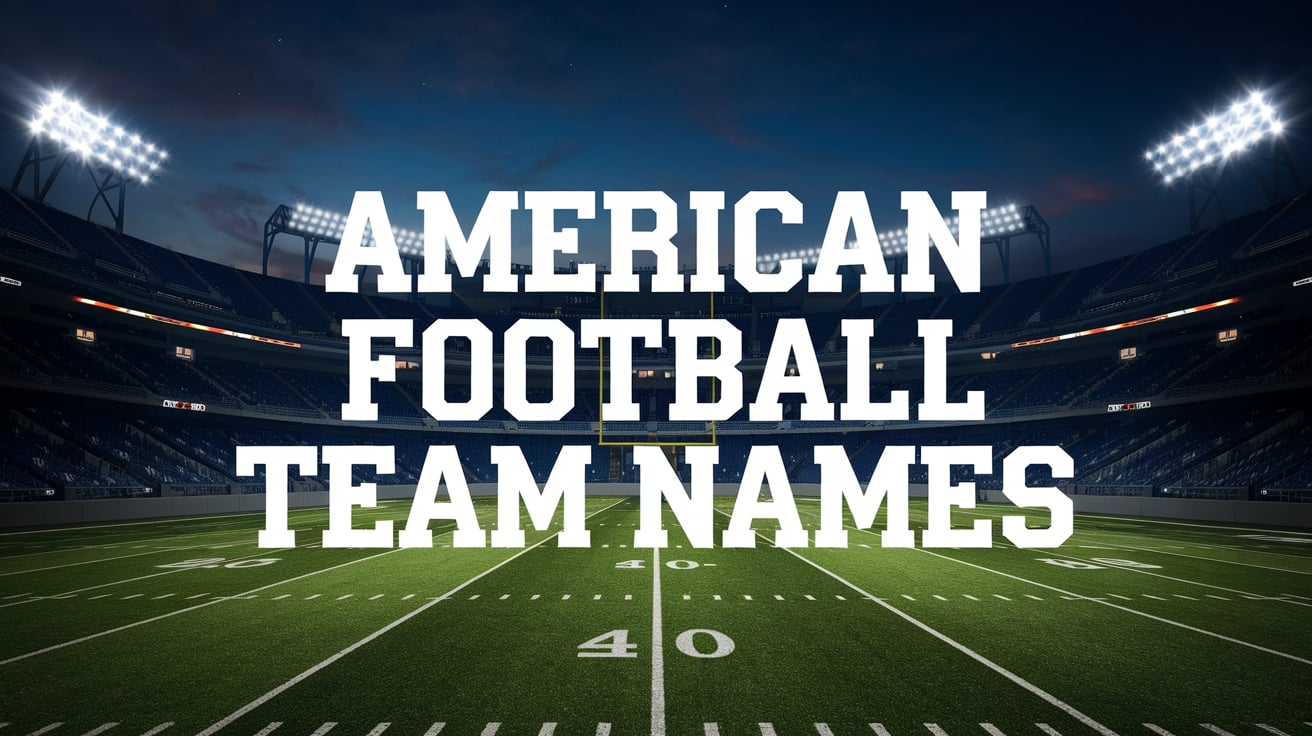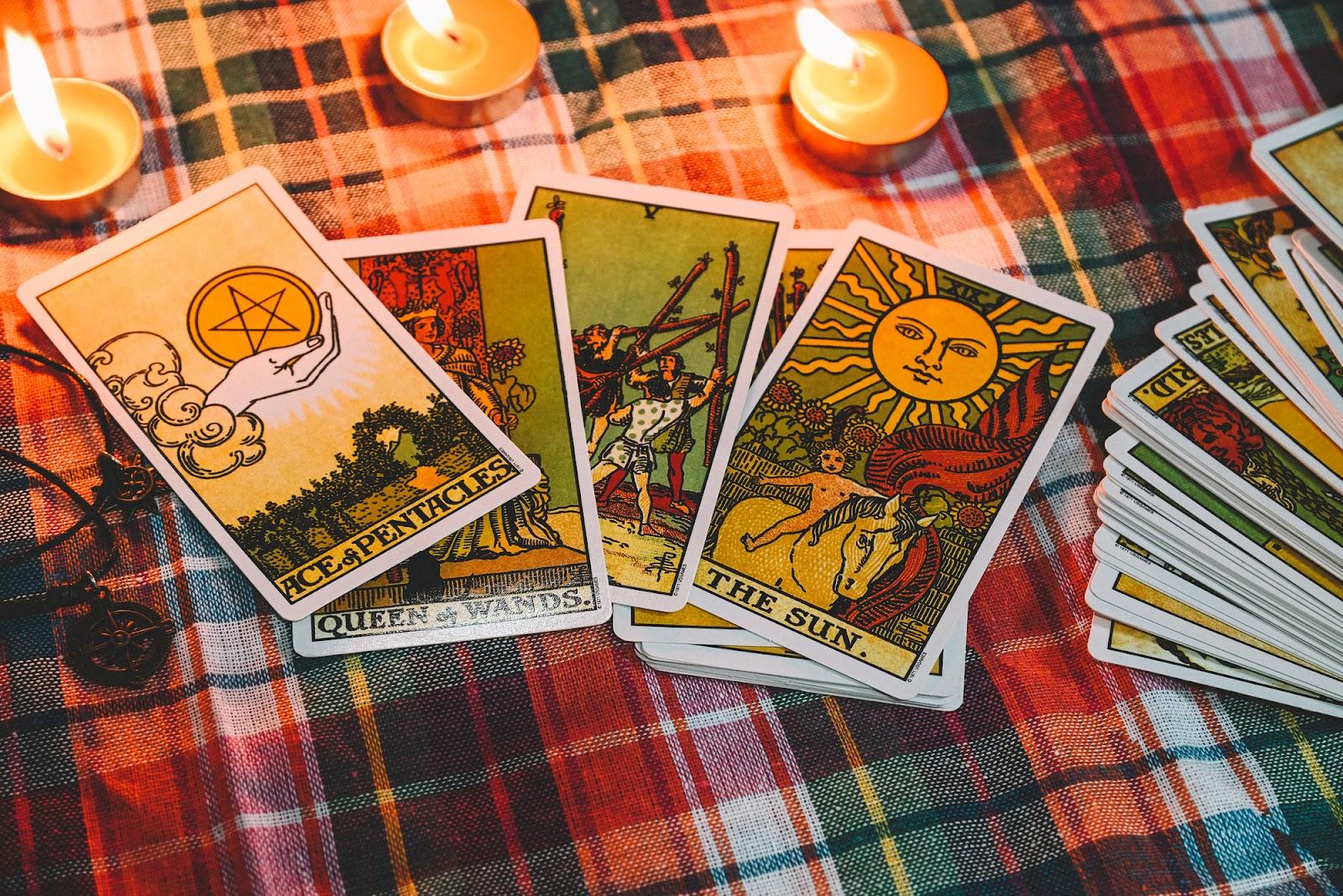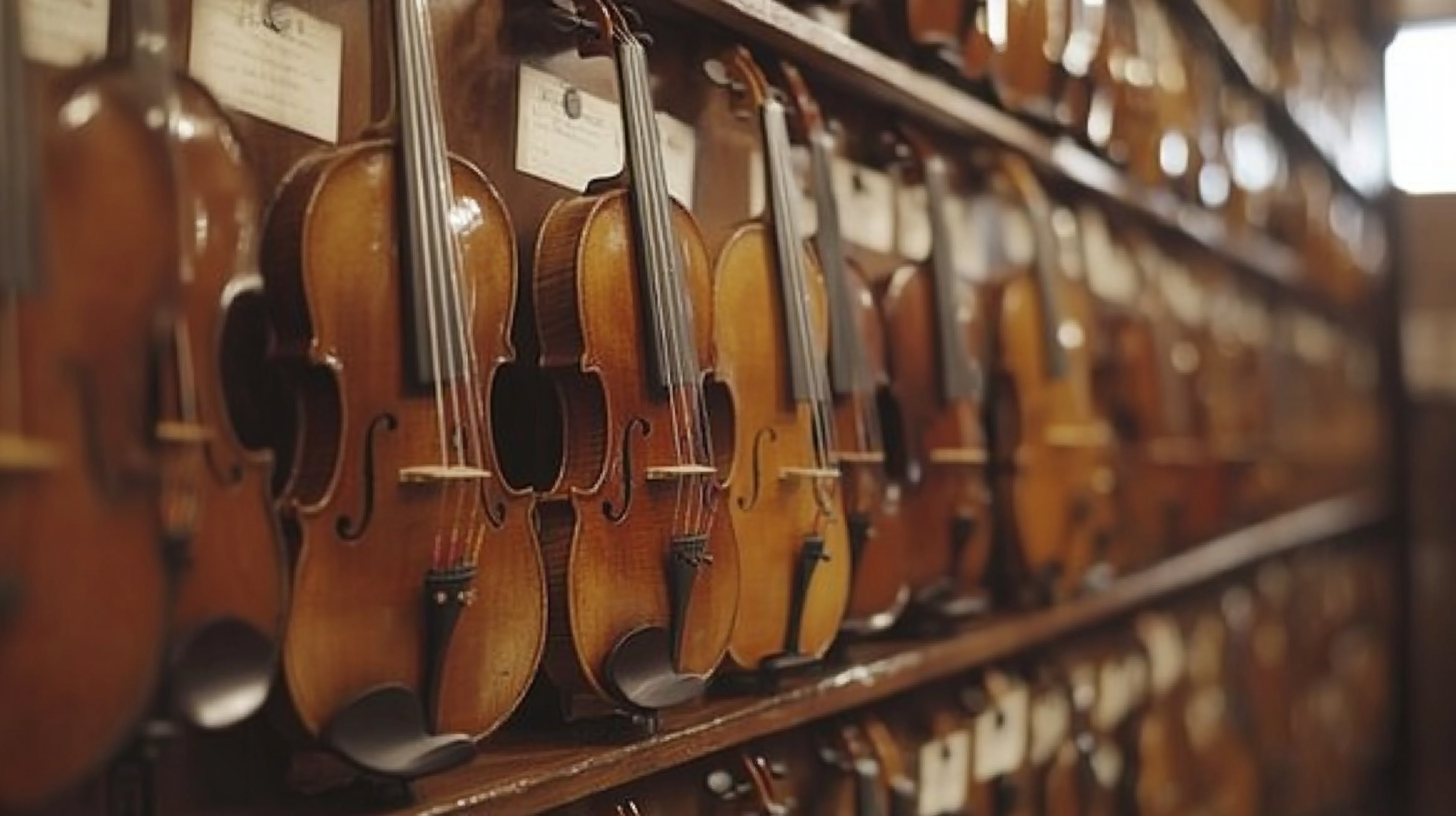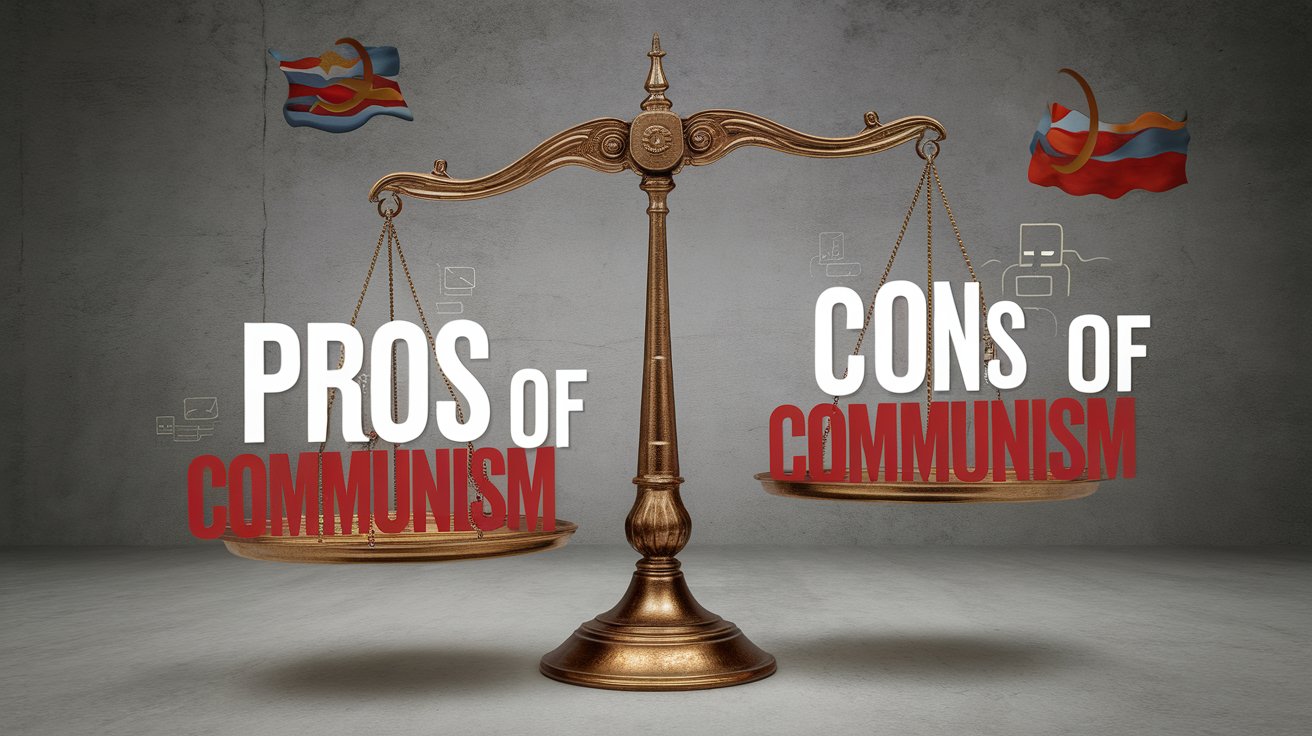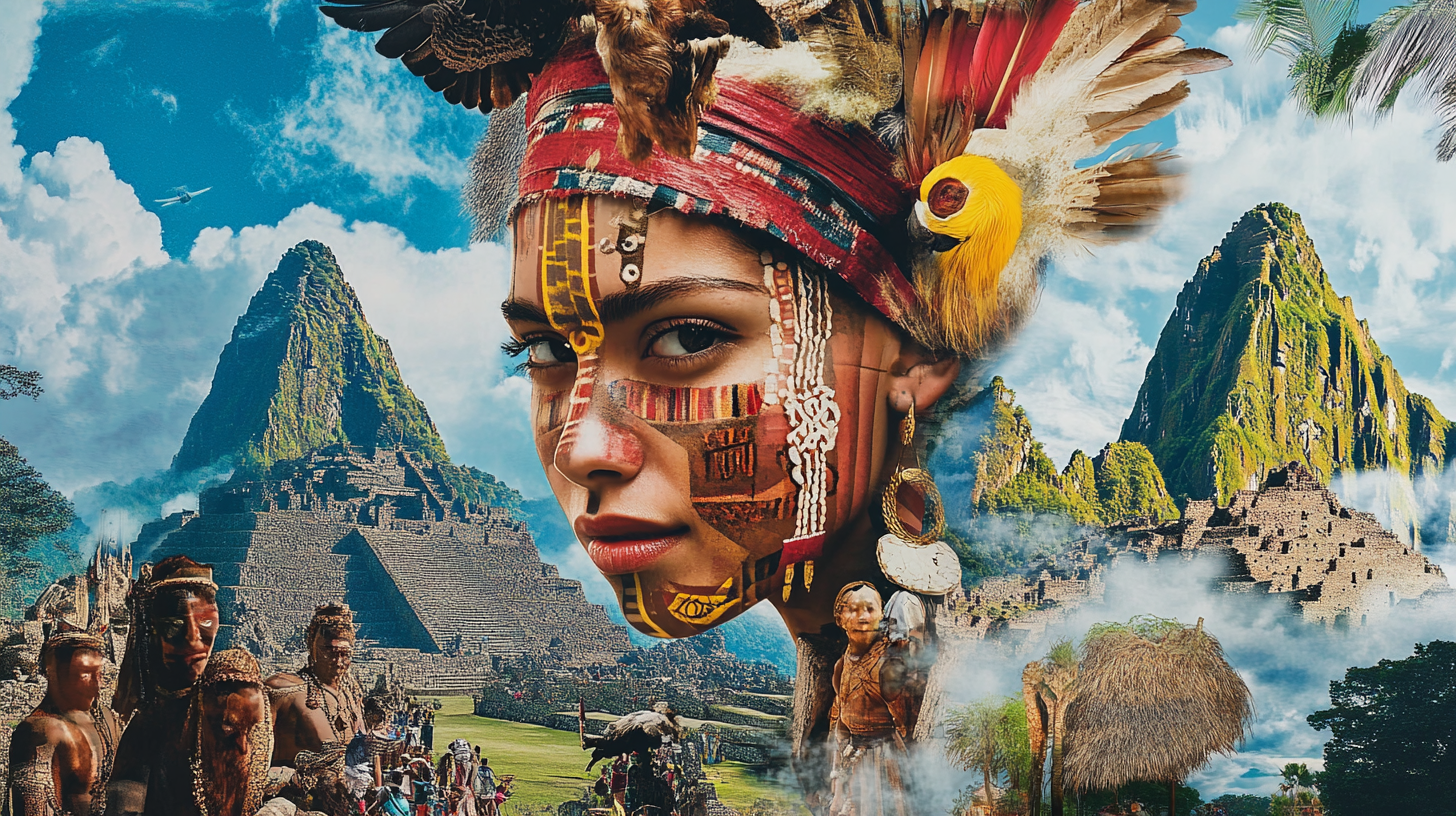
Culture shapes how we live, think, and interact with the world.
From the fast-paced world of Popular Culture to the deeply rooted traditions of Indigenous Culture, each type of culture provides a unique lens through which societies and individuals express themselves.
Understanding the various types of cultures broadens our perspective and fosters appreciation for the diversity in human experiences.
This guide explores nine distinct types of cultures, delving into their defining features and how they influence our everyday lives.
Different Types of Cultures You Should Know
1. Popular Culture

Popular Culture refers to mainstream trends and practices that are widely accepted and consumed by the general public.
It encompasses music, fashion, movies, social media, and more.
Popular culture is often shaped by media and celebrities and evolves rapidly with new trends and innovations.
- Characteristics: Fast-paced, widely accessible, and driven by media.
- Influence: Shapes societal norms, fashion trends, and entertainment preferences.
- Examples: Music genres like pop and hip-hop, blockbuster movies, social media influencers.
2. Traditional Culture
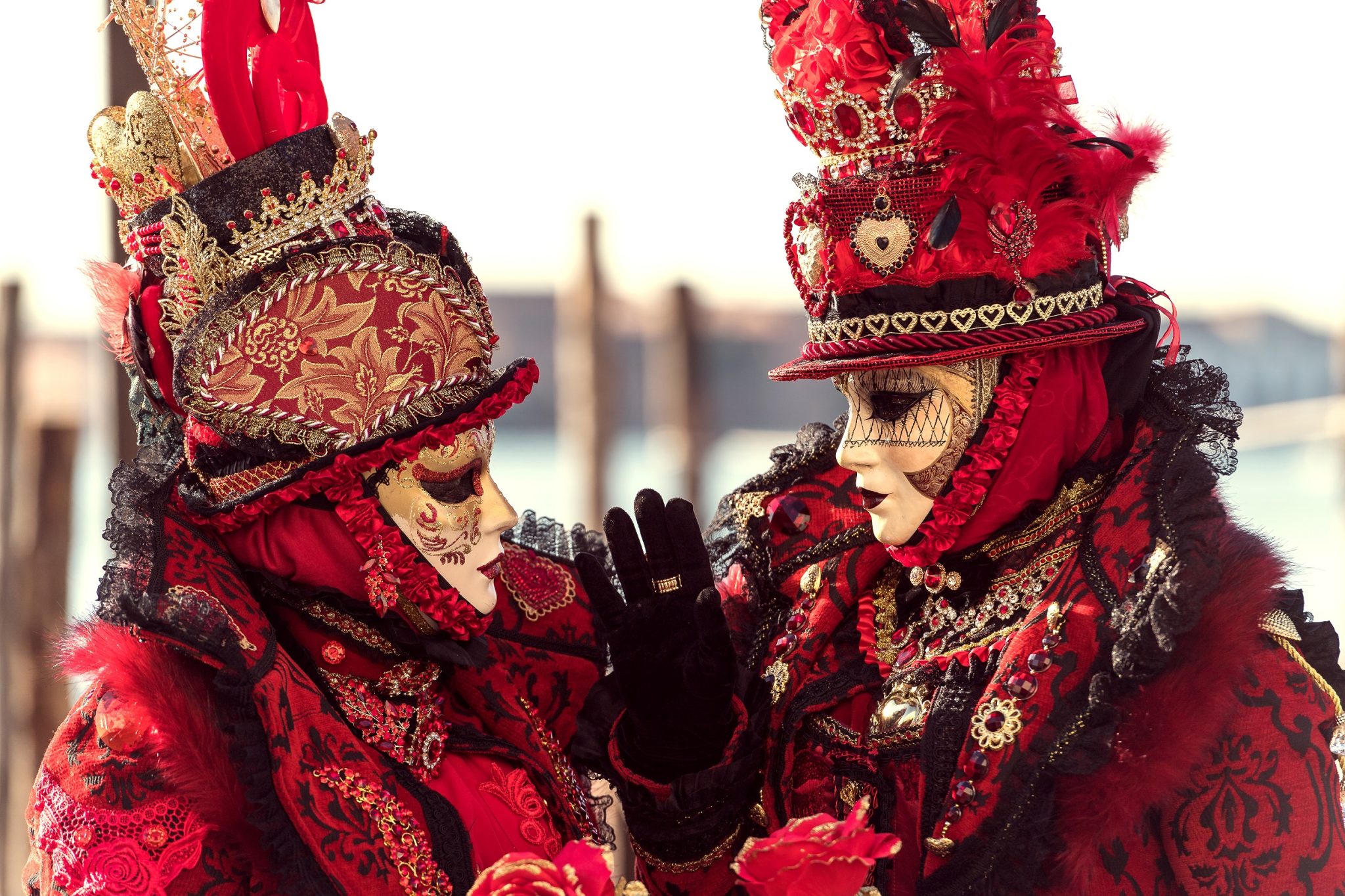
Traditional Culture is rooted in the customs, beliefs, and practices passed down through generations.
It often reflects the history and values of a specific community or nation.
Traditional culture includes folk dances, storytelling, and rituals that preserve cultural heritage.
- Characteristics: Deeply rooted in history, often tied to specific regions or ethnic groups.
- Influence: Preserves heritage and promotes cultural continuity.
- Examples: Indigenous rituals, folk dances, traditional festivals, and crafts.
3. Subculture

A Subculture is a smaller cultural group within a larger mainstream culture.
These groups often have distinct beliefs, styles, and behaviors that set them apart from the dominant culture.
Subcultures provide a sense of belonging to those who may not fit into mainstream norms.
- Characteristics: Unique style, values, and interests differ from mainstream society.
- Influence: Offers alternative perspectives and fosters creativity.
- Examples: Goth, punk, skater culture, and gamer communities.
4. High Culture
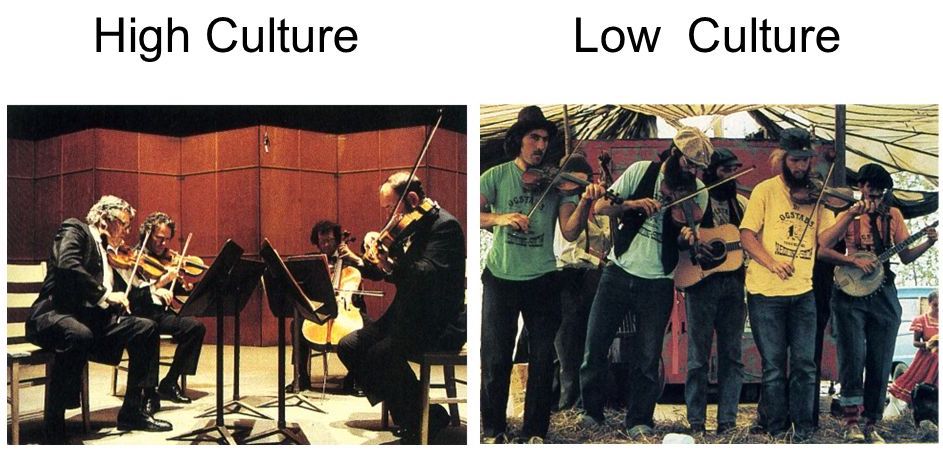
High Culture refers to cultural products that are seen as sophisticated or elite.
It is often associated with fine arts, classical music, theater, and literature.
High culture is traditionally enjoyed by those with refined tastes and higher social status, though it is accessible to anyone who seeks it out.
- Characteristics: Associated with refinement, intellectualism, and artistic achievement.
- Influence: Shapes educational and cultural institutions.
- Examples: Opera, ballet, classical music, fine art exhibitions, and literature.
5. Counterculture
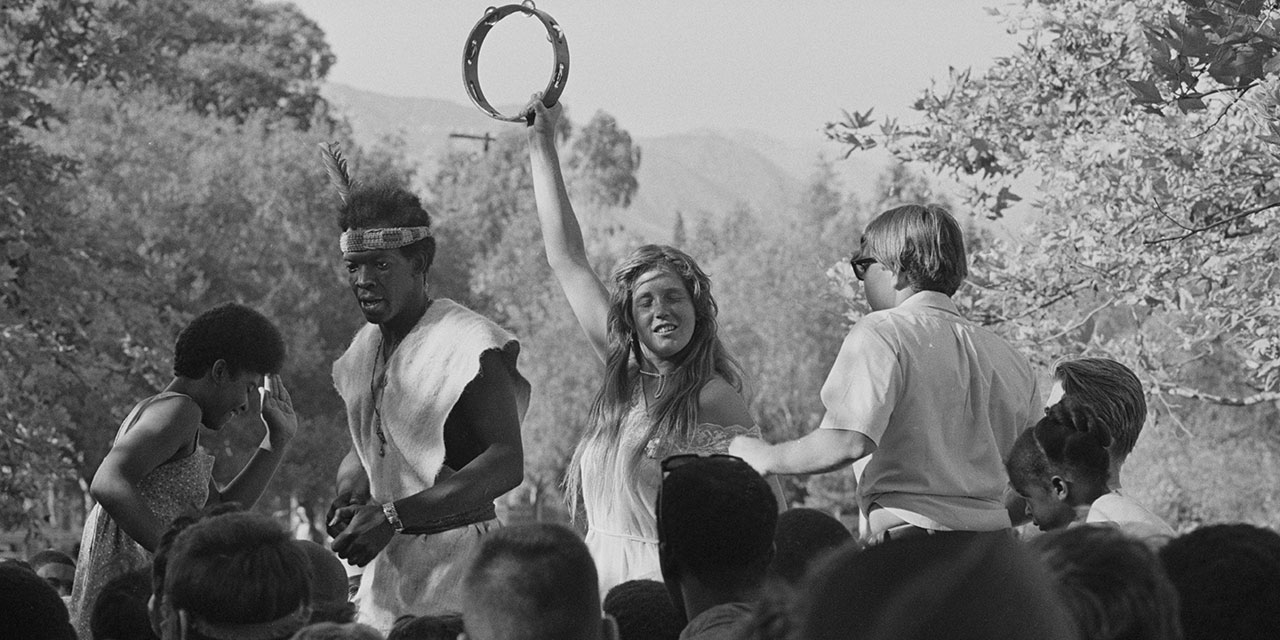
Counterculture refers to a cultural movement that rejects the norms and values of mainstream society.
These groups actively challenge traditional beliefs and often seek social or political change.
Countercultures are known for their radical ideas and practices, often sparking social revolutions.
- Characteristics: Rejection of mainstream norms, often political or social activism.
- Influence: Drives social change and introduces new ways of thinking.
- Examples: The hippie movement, anti-war protests, and the punk rock scene.
6. Corporate Culture

Corporate Culture refers to the shared values, behaviors, and practices that define a company or organization.
It influences how employees interact, make decisions, and achieve goals.
A strong corporate culture fosters teamwork, innovation, and alignment with company objectives.
- Characteristics: Professionalism, company values, organizational hierarchy.
- Influence: Shapes workplace dynamics and employee satisfaction.
- Examples: Open-office culture, collaborative environments, and innovation-driven workplaces like Google.
7. Multiculturalism

Multiculturalism embraces the coexistence of multiple cultural traditions within a society.
It promotes inclusivity and respect for diversity, allowing people from different cultural backgrounds to retain their unique identities while living harmoniously.
- Characteristics: Inclusivity, respect for diversity, blending of traditions.
- Influence: Fosters cross-cultural understanding and enriches communities.
- Examples: Cities like Toronto or London, where diverse cultural groups thrive together.
8. Youth Culture

Youth Culture refers to young people’s lifestyles, interests, and behaviors.
New fashion, music, technology, and social interaction trends often characterize it.
Youth culture constantly evolves as younger generations seek to differentiate themselves from older ones.
- Characteristics: Dynamic, trend-driven, tech-savvy.
- Influence: Shapes future societal trends and consumer behavior.
- Examples: Social media influencers, streetwear fashion, and viral TikTok trends.
9. Indigenous Culture
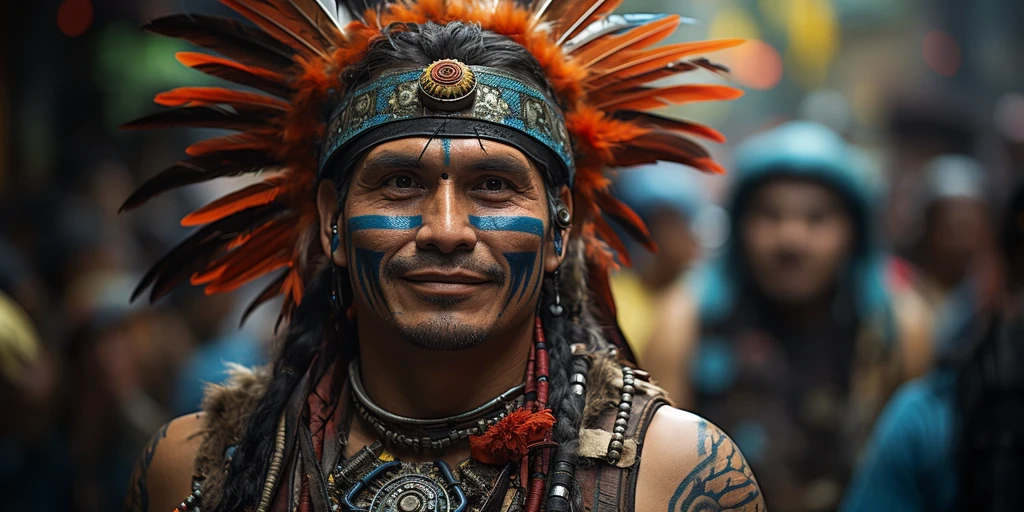
Indigenous Culture refers to Indigenous peoples’ traditional knowledge, practices, and values.
It is deeply connected to the land, nature, and spiritual beliefs, often passed down through generations orally or through rituals and art.
- Characteristics: Connection to nature, oral traditions, ancestral wisdom.
- Influence: Preserves cultural heritage and promotes environmental stewardship.
- Examples: Native American ceremonies, Maori traditions in New Zealand, and Aboriginal art in Australia.
Understanding the Impact of Different Cultures
Cultural diversity enriches societies and shapes how individuals connect and communicate.
By exploring different types of cultures, we gain insights into the complex ways traditions, beliefs, and lifestyles evolve within various communities.
Here’s how each culture influences society.
1. The Role of Media in Shaping Popular Culture
Popular culture is influenced heavily by media, from films to social media platforms:
- Music and Fashion: Pop icons and social influencers constantly emerge with new trends, making pop culture fast-paced and always evolving.
- Global Influence: Popular culture transcends borders, spreading through globalization and making a worldwide impact.
2. The Importance of Preserving Traditional Culture
Traditional cultures keep the history and heritage of communities alive:
- Cultural Identity: Maintaining traditional customs helps communities preserve their unique cultural identity.
- Passing Down Values: These cultures emphasize the importance of intergenerational learning and the preservation of ancestral wisdom.
3. Subcultures: Spaces for Self-Expression
Subcultures offer an alternative to mainstream culture, allowing individuals to express their distinct identities:
- Creativity and Individuality: Subcultures like punk or goth provide spaces where individuals can experiment with personal style and values.
- Community Bonding: Members of subcultures often share common interests and build strong communities based on mutual appreciation.
Conclusion
From the mainstream influence of Popular Culture to the deeply rooted traditions of Indigenous Culture, each type of culture offers unique insights into the human experience.
These cultural distinctions shape how we live, interact, and understand the world.
Whether challenging societal norms through Counterculture or fostering inclusivity through Multiculturalism, every type of culture contributes to the rich diversity of human life.
























